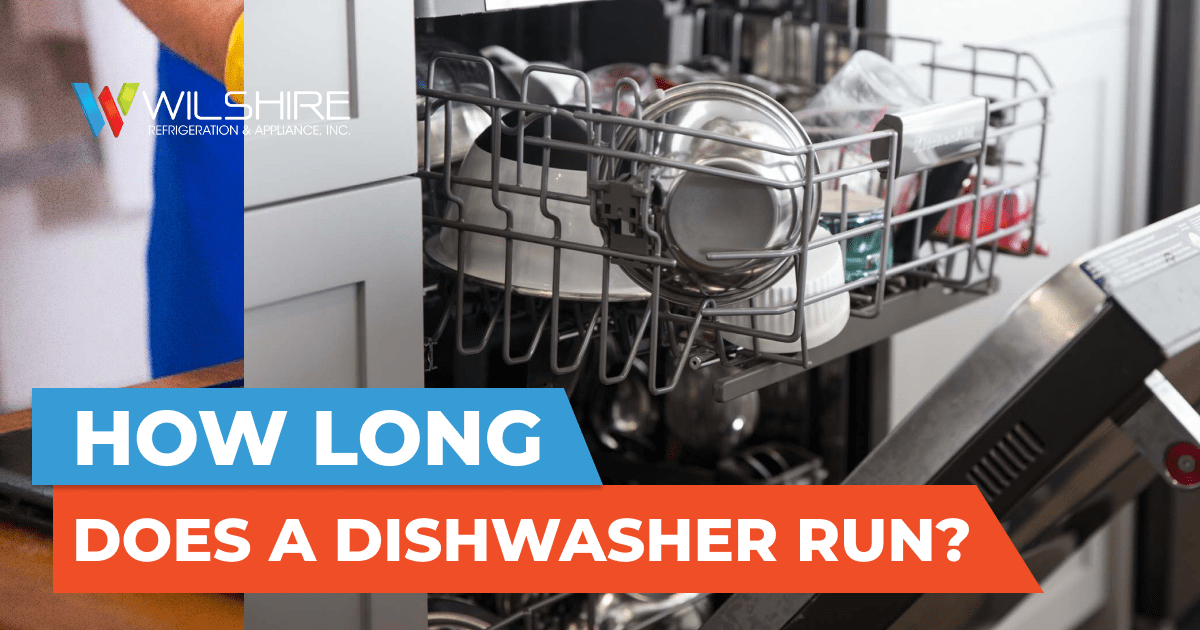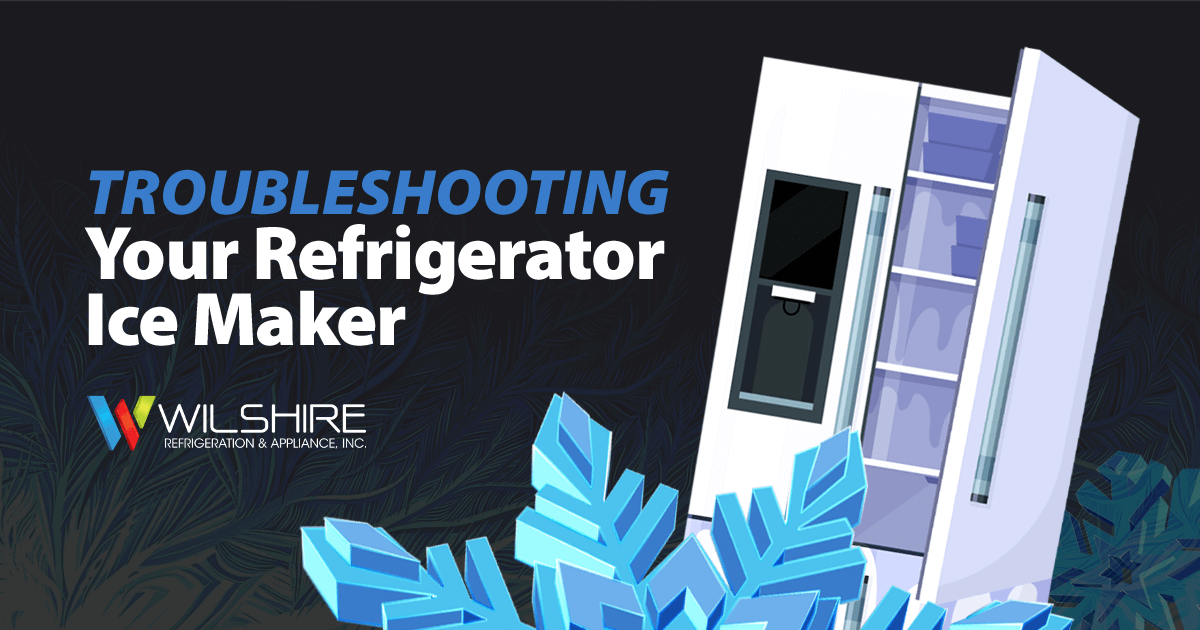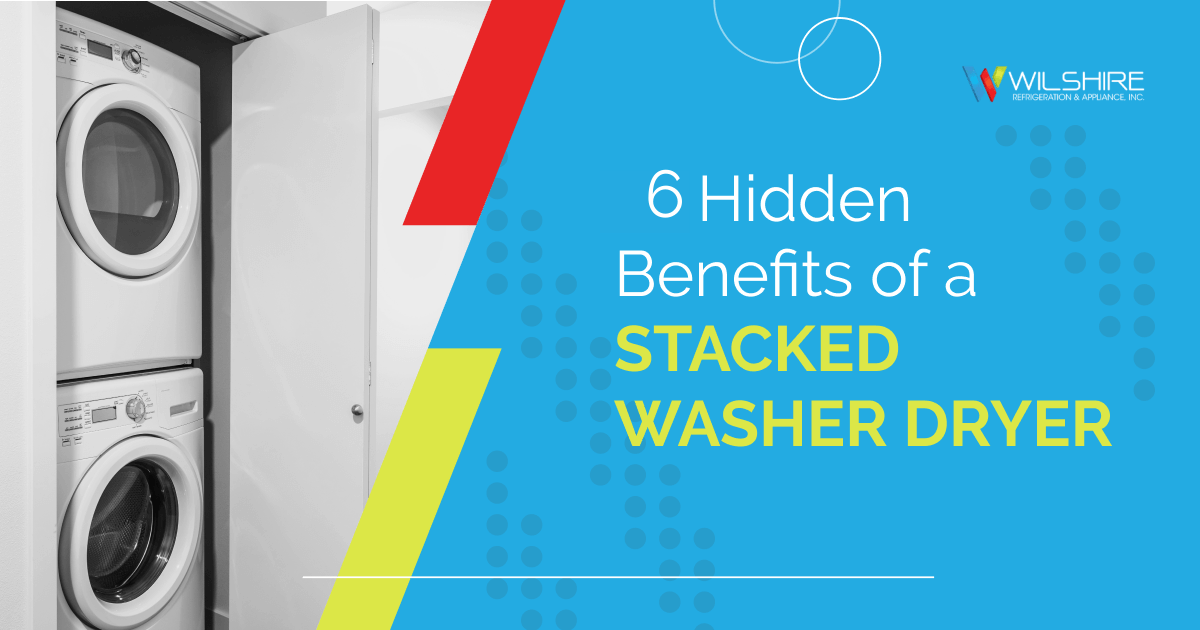Just about every homeowner uses their dishwasher now and then. These appliances are a big time-saver when it comes to cleaning your dishes, but many use them improperly or are clueless what they need to do if a problem arises.
Here are some common issues with dishwashers and how you can fix it. If you’re experiencing problems with your Asko dishwasher, call Wilshire Refrigeration & Appliance. We are factory-certified to service Asko appliances and help clients across Southern California from Santa Barbara to Las Vegas.
Do I have to rinse my dishes prior to loading them into the dishwasher?
While rinsing can help, there is usually no need to rinse unless your dishes or cookware have been sitting for several hours. In most cases you should scrape off the excess food into the garbage disposal or trash in order to save water.
Why is my dishwasher taking so long?
The water itself can take upwards to 30 minutes to heat up. You can speed up this process by running the kitchen sink until it becomes hot which will increase the temperature of the water coming into the unit. You can also control the temperature of the water coming into your entire house at the hot water heater, although you should not set the temperature here at more than 120 degrees Fahrenheit.
Why is there always water at the bottom of my dishwasher?
All dishwashers will leave some water at the bottom to prevent the seal and pump from drying out. When this happens the pump and seals can get brittle, causing leaks which need expensive repairs.
Why does my glassware come out spotty and filmy?
Spotty cups and glasses can be fixed by using the heated drying cycle or a rinse-aid product. Cloudy or filmy glass may be caused by too much detergent. Other causes could be a restriction in the flow of water to your dishwasher or your may have hard water. In this case you may have to purchase a water softener.





